• Finding the next Patrick Mahomes: Since entering the NFL, Mahomes' ability to create big plays outside of the offense's structure has enabled him to take the league by storm.
• Mahomes, Josh Allen and Justin Herbert lead the way: These three quarterbacks land in Tier 1 of this PFF play creation study.
• Draft and trade for yourself: Try PFF's Mock Draft Simulator — trade picks and players and mock for your favorite NFL team.
Estimated reading time: 7 minutes
The Kansas City Chiefs won the Super Bowl despite ranking bottom-seven in wide receiver and offensive tackle PFF wins above replacement (PFF WAR), two premium positions on offense. While some may point to Kansas City's defense being one of the better units in the league, the biggest reason is simply the fact the Chiefs have Patrick Mahomes while everyone else does not.
Since Mahomes took over as the Chiefs' starting quarterback, he has taken the league by storm while changing the way we look at the quarterback position. The ability to avoid negative plays when pressured has almost become a prerequisite before being labeled as an “elite QB.” Lamar Jackson and Josh Allen have come the closest to matching Mahomes abilities, and the league continues to look for “the next Mahomes” in the NFL draft.
Chasing Mahomes is not the only reason why play creation is becoming a more prominent component of QB evaluation. Over the past 10 years, QBs have held the ball longer. In 2014, the average TTT (time to throw) among the top 32 QBs was 2.68 seconds. It has risen a tenth of a second to 2.78 seconds in 2024. QBs also have been more responsible for pressures allowed by an offense:

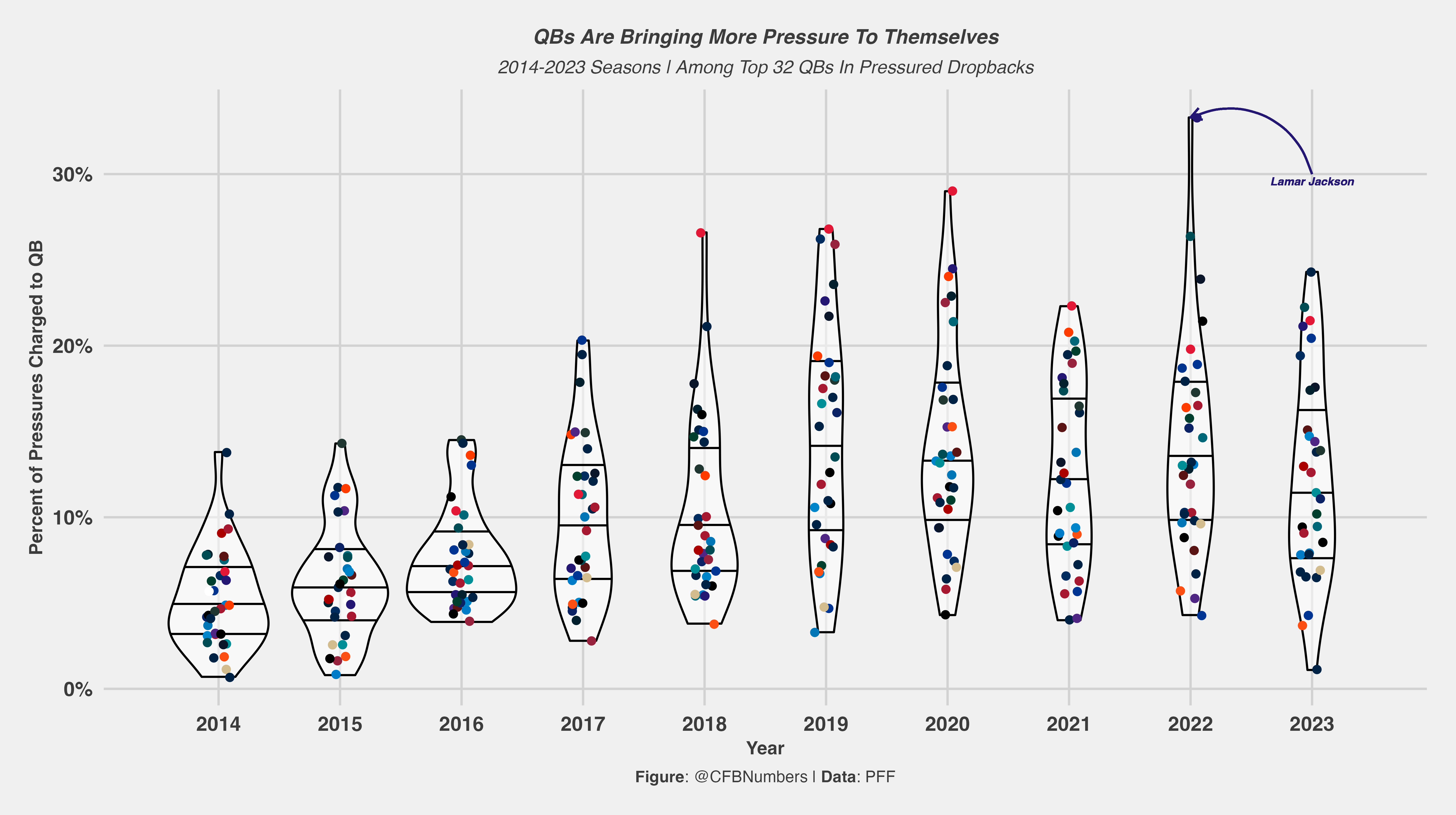
This increase coincides with the rise of the dual-threat signal-callers. QBs who know they can escape pressure and make plays with their legs may hold onto the ball longer in hopes of hitting a big play downfield.
Quantifying things like play creation and out-of-structure play can be a difficult task. Metrics, such as pressure to sack rate (how often a QB is sacked when they are pressured), have gained popularity as of late, but it doesn’t give much detail on what happens after the QB avoids a sack. While sack avoidance is a crucial element of QB play, is the QB throwing the ball away to avoid the sack or is the QB pushing the ball downfield or scrambling?
To take that next step in attempting to quantify play creation, we can first look at how some of the best in the game create out of structure:'
Patrick Mahomes
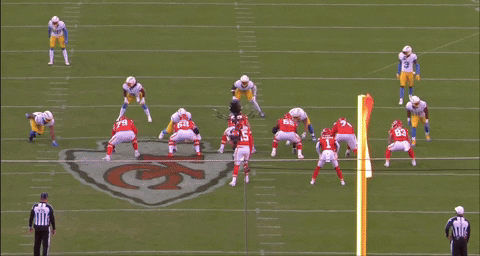
No QB has been better than Patrick Mahomes when scrambling. Since becoming the Chiefs' starter in 2018, his 41 big-time throws and 31 passing touchdowns both lead the NFL. In this clip, Mahomes keeps his eyes downfield while evading pressure and hits Marquez Valdes-Scantling in stride. While this is one of Mahomes' tamer examples, he does it better than anyone in the league.
Josh Allen
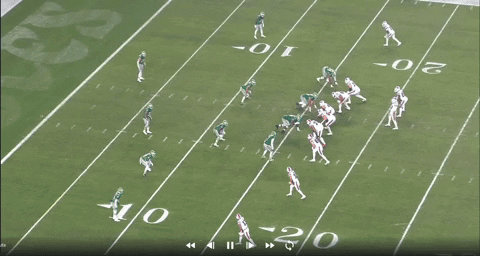
Defending against Josh Allen can be one of the hardest things to do in football because even if defenders have each pass catcher covered up, he can still make them pay with his legs. On this third-and-11, most QBs would be thinking conservatively to preserve the field goal. Allen immediately senses the blitz and knows he has a one-on-one with the safety. The pump fake did just enough to freeze the defender, and Allen gets his team six points instead of three.
Lamar Jackson
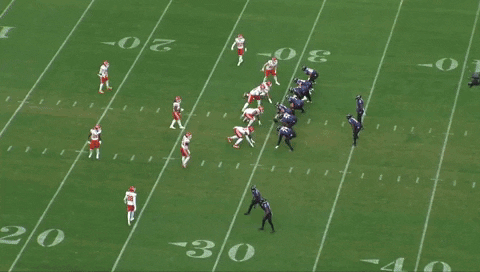
While he has been known for his elite rushing ability, Jackson took another step forward in 2023 as a passer, particularly when extending plays. On thus play in the AFC Championship Game, the Chiefs' quarters coverage locks down all passing options while pressure gets home. For most QBs, this is either a sack or throwaway; however, Jackson evades the pressure and resets while Zay Flowers does a great job working down the field. Jackson hits him for the touchdown.
Play-creation study
With the help of PFF’s extensive database, we can look at how players perform in similar situations to the plays above (out of the pocket, extending plays, scrambling etc.) to find players with similar numbers to some of the best QBs in the game.
To accomplish this, we gathered a player's PFF pass grade, big-time throw rate and turnover-worthy play rate in the following situations: outside of the pocket, on plays with an average time to throw over three seconds, on plays with pressure and on plays where the QBs decision is charted as “scramble drill.” Graded metrics were used in place of traditional metrics (TDs, pass yards etc.) to best isolate the QB's individual play. In addition to these metrics, a QB's PFF rush grade on scrambles, their pressure-to-sack rate, and their pressure-to-scramble rate (how often they scramble when pressure arrives) were also included.
With these numbers collected, we can feed them into a clustering algorithm that will produce groups (or clusters) of players with similar numbers to each other. Clustering is a simple yet effective way to group a ton of players together and then form observations based on those groups.
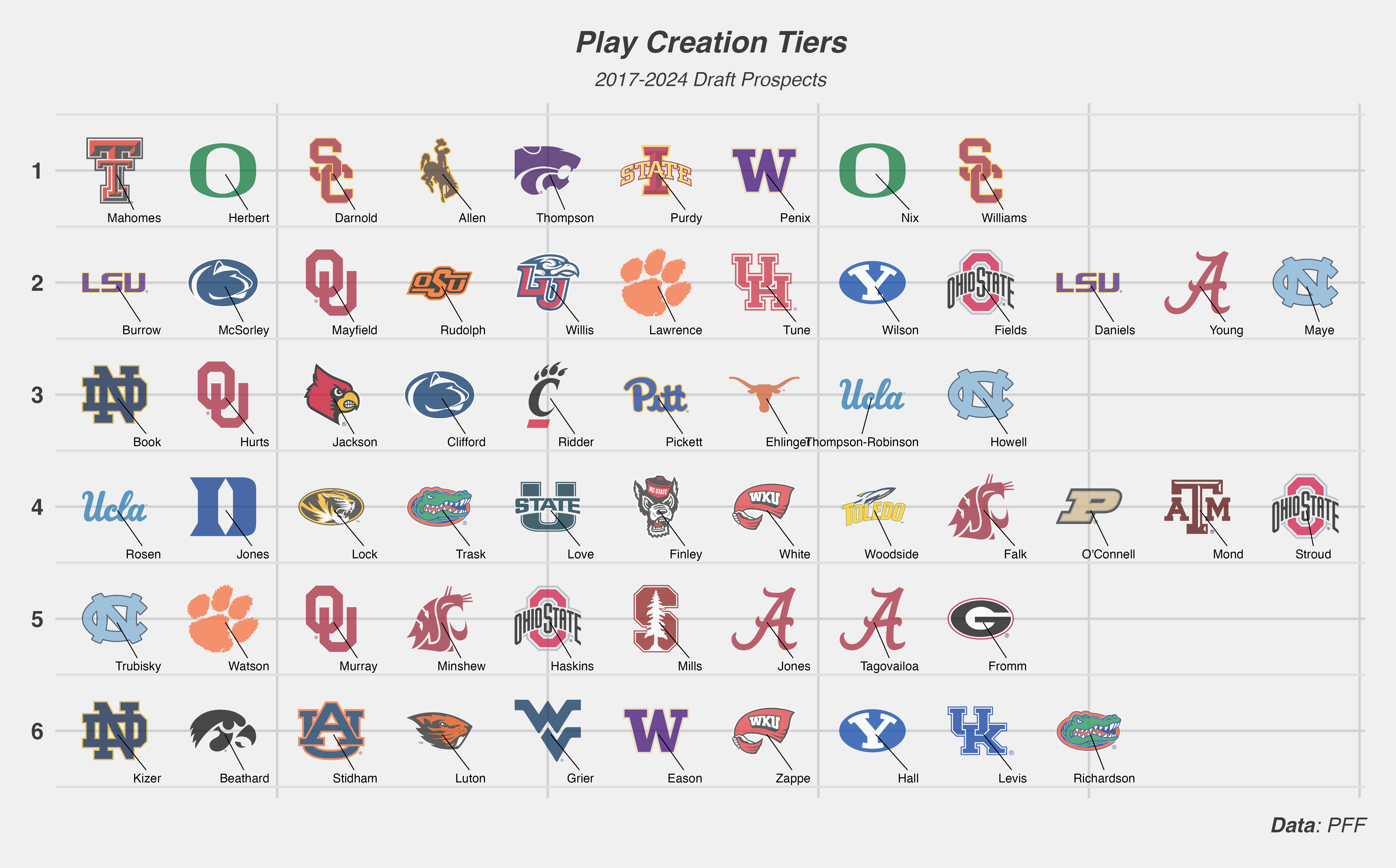
Averaging the numbers by tier can give us an idea of why a group of players is in a particular tier. For example, the first tier had high big-time throw rates across all of the game situations. This tier also had the lowest pressure-to-sack rates, meaning they were some of the better QBs at avoiding taking sacks. These tiers were the best at extending plays and making something out of nothing, and it is encouraging to see some of the best QBs in the NFL (Mahomes, Allen, Justin Herbert) in these tiers. It is also interesting to see Brock Purdy, the other Super Bowl QB, in the highest tier. 2024 Draft prospects Caleb Williams, Michael Penix Jr. and Bo Nix also fill out the rest of this tier.

Tier 2, which includes 2024 Draft prospects Drake Maye and Jayden Daniels, had a higher group average in PFF pass grades than most of the other tiers. Their biggest negative was the pressure-to-sack rate, where their 20.3% group average ranked third-highest among the groups. While some QBs have been successful despite a high sack rate (Joe Burrow), others have struggled to overcome the negative plays (Justin Fields).
Lamar Jackson and Jalen Hurts occupy Tier 3, which highlights players who got it done more with their legs more than their arms. Both QBs have evolved in the passing game since entering the league, which is one reason why they stand out vs. the rest of their tier.
| Tier | Biggest Strengths | Biggest Weaknesses |
| 1 | Big-time throws (all situations), pressure to sack rate | Avoiding turnover-worthy plays (all situations |
| 2 | PFF Pass Grade (All situations), Big time throws (all situations), Scrambling | Pressure to sack rate |
| 3 | Scrambling | Out-of-pocket, pressure-to-sack rate, play under pressure |
| 4 | Pressure-to-scramble rate, avoiding turnover-worthy plays, scrambling | |
| 5 | Pressure-to-sack rate, scramble drill, avoiding turnover-worthy plays | Scrambling |
| 6 | Avoiding turnover-worthy plays under pressure | Out-of-pocket, scramble drill |
QB evaluation is still one of the most difficult things to do, and one could argue some of these players belong in different tiers. Kyler Murray has been one of the better QBs in the NFL at extending plays but is in one of the lower tiers here. This could potentially be explained by a one-year sample size during his time at Oklahoma. While numerous other factors go into QB draft evaluation, exercises like this can provide an excellent starting point in search of “the next Mahomes”.
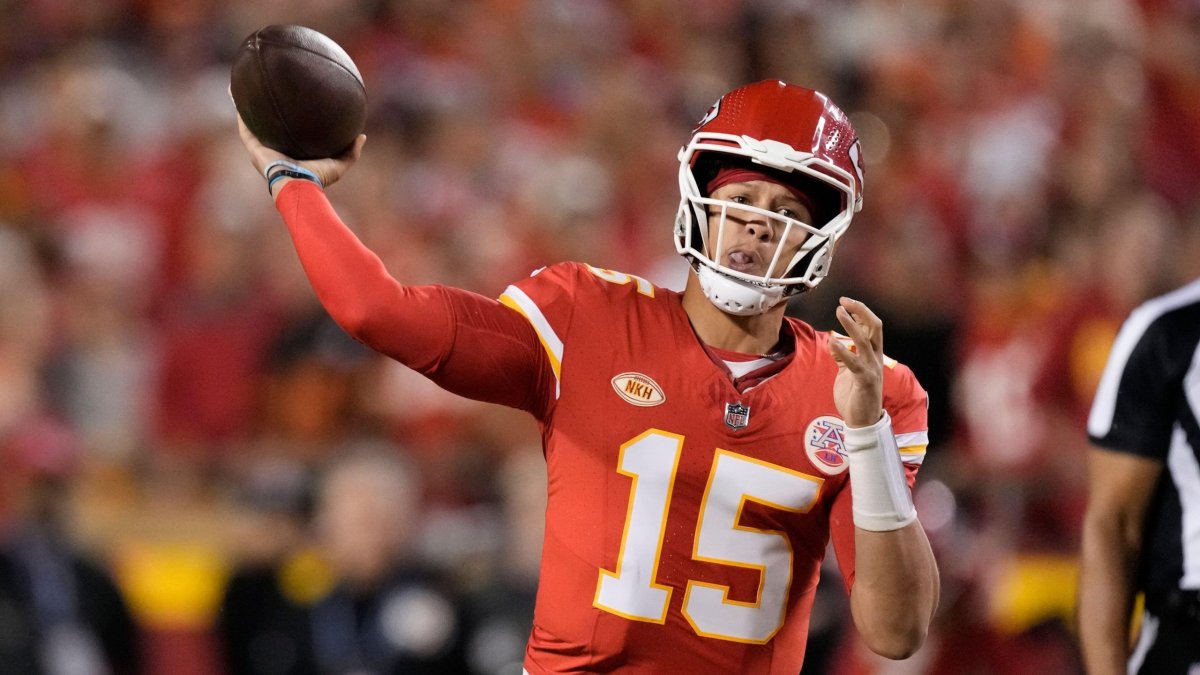
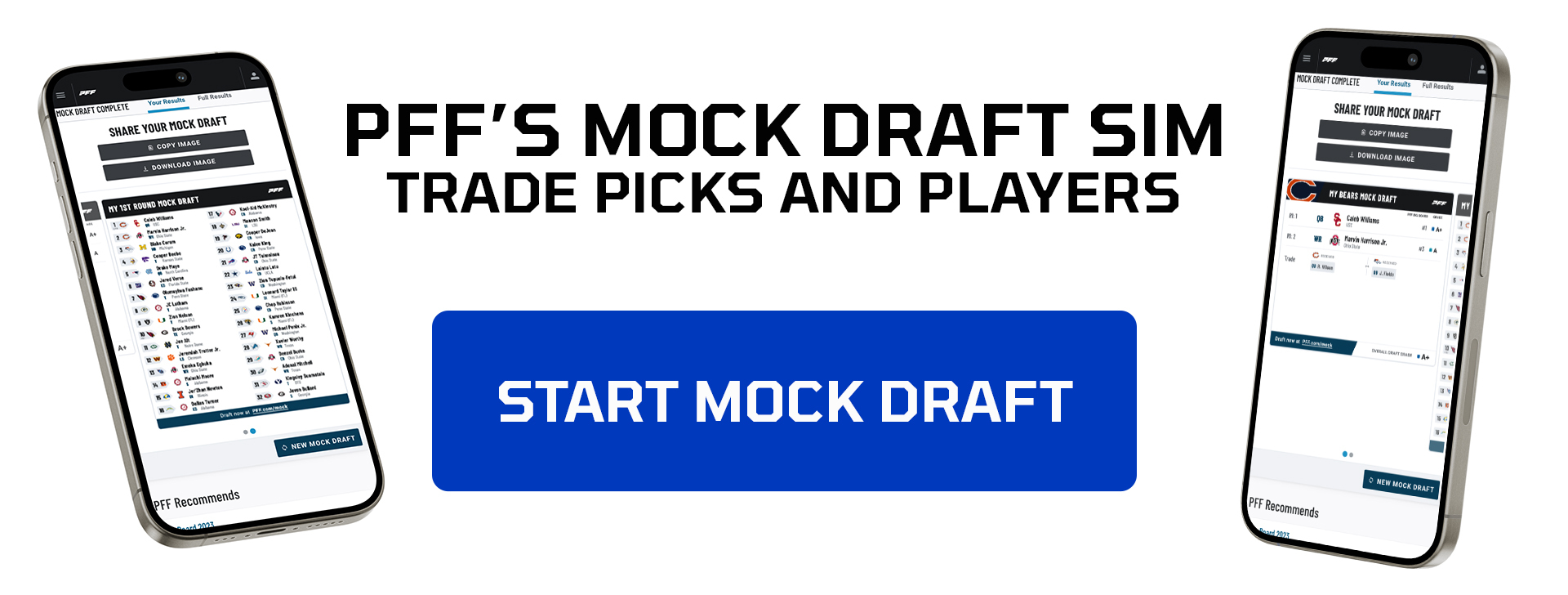


 © 2025 PFF - all rights reserved.
© 2025 PFF - all rights reserved.